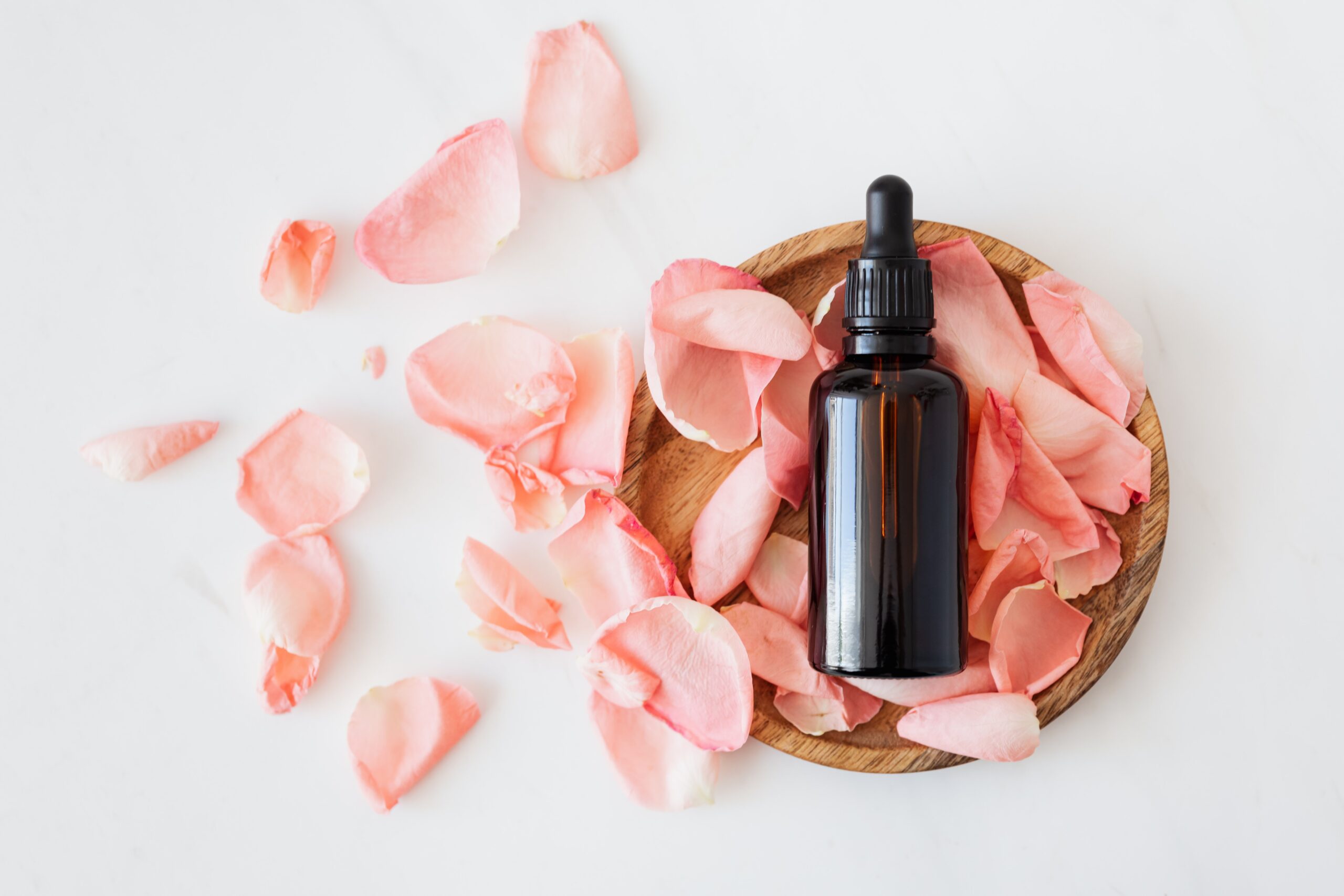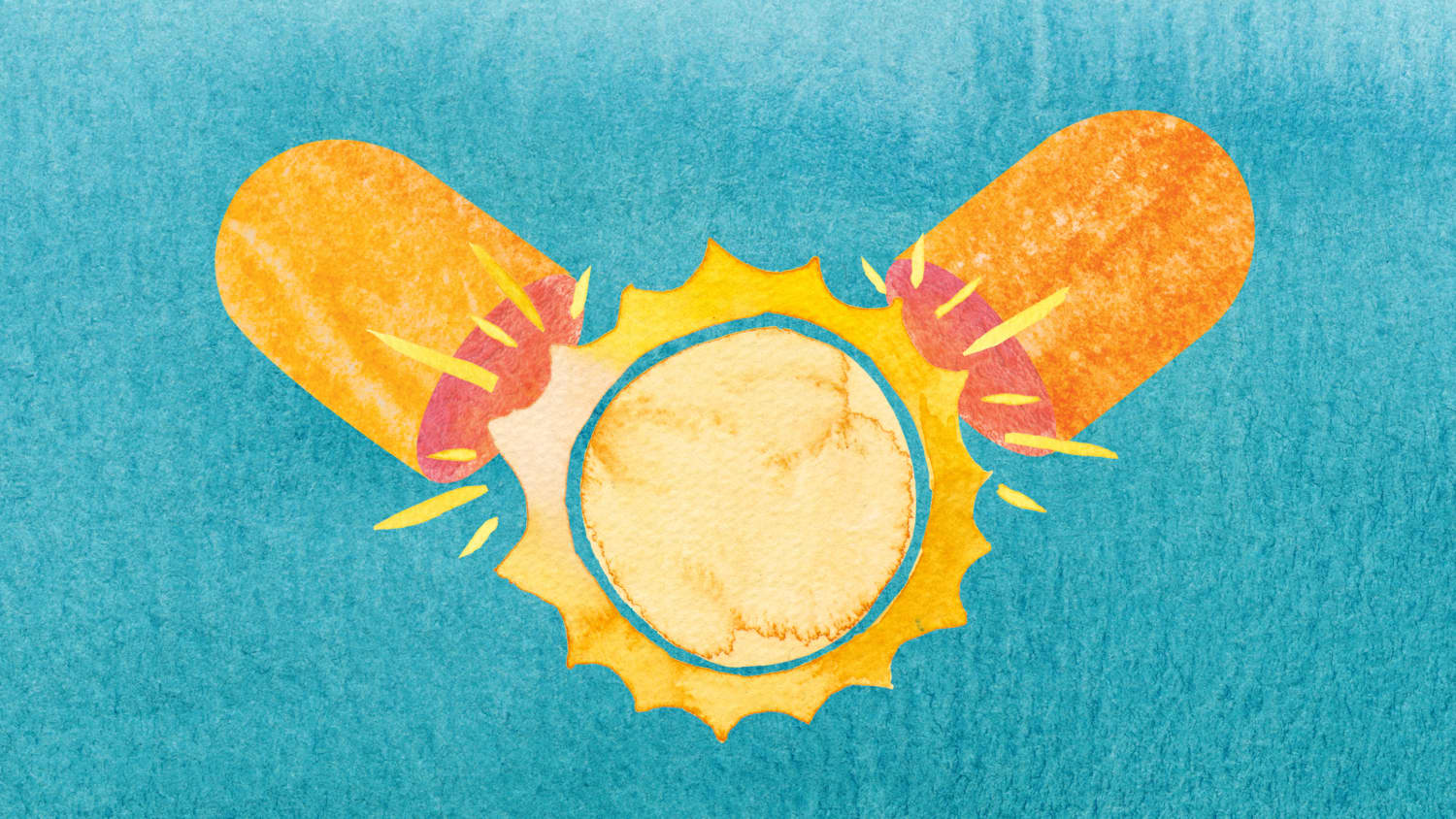Everything You Need To Know About Razor Bumps
Share

For most it may be smooth glide with the shaving experience but for some, the infamous “razor bumps” spoil the experience. These little red bumps are not harmful in any way but it can be very uncomfortable, itchy and sometimes cause bleeding as well. Medically, these razor/shaving bumps are also known as Pseudofolliculitis Barbae, or PFB for short. This phenomenon is relatively common among people with naturally curly hair and occurs in up to 60% of Black men. It can also affect women but it is more rare. Why are there razor bumps in the first place? Let’s explore further.
Cause of razor bumps
Pseudofolliculitis Barbae is caused when hairs curve back and either re-enter or grow under the skin after shaving. This leads to a reaction resulting in painful inflammation and scarring, forming those tiny, itchy, red bumps. It typically spreads throughout the beard area, but may also occur in the armpits, groin, or other areas of shaving. You may have PFB if you see skin-colored or red bumps in areas of shaving. Over time, these bumps can become darker and turn into scars.
How to save your skin from razor bumps?
1. Avoid Shaving: As much as we would like to avoid shaving to eliminate the root cause; it may not always be pragmatic.
2. Depilatory creams: Moving away from razors, some people have success using over-the-counter chemical hair removers but be careful when using these products as they can be very irritating and may lead to permanent discoloration of the skin. Before trying any chemical treatments, perform a spot test using a small amount of product and a small section of skin. If your skin feels irritated, avoid using the product.
3. Plucking hair: The next option is directly plucking out each individual hair, but we suggest alternative methods as this increases the chances of new hair regrowing into the skin.
4. Laser hair removal: In some situations, hair removal with lasers may be appropriate. Lasers work by destroying the hair at its roots, preventing the hair from regrowing. These treatments should be discussed with and performed by a medical expert, such as a Dermatologist. The treatments can be costly if not covered by insurance.
Still want to shave?
If you do wish to shave, it should be performed daily, and you should follow a strict regimen to shave properly. Before shaving, wash your face with a gentle cleanser using lukewarm water. Next, apply shaving cream and let it sit for a few minutes.
When you begin shaving, shave with short single strokes in the direction of the grain (hair growth). Avoid shaving over the same area multiple times, and do not stretch the skin while shaving. Using a razor designed specifically for sensitive skin may be helpful, as it prevents a close shave. Going retro with single blade razors might be a good option to try as well. Trimming with an electric razor set to a high setting could also help.
After you have finished shaving, rinse your face and apply a cool compress to the shaved areas, followed by aftershave. It is important to keep your blade in a cool, dry place and to always use a sharp blade for shaving.
If you have tried all of these techniques, but you’re still experiencing razor bumps, please see a board-certified Dermatologist. There may be additional therapies, such as prescription creams and cleansers that can provide relief from those itchy bumps.
References
Halder, R. M. (2018, June 26). Pseudofolliculitis barbae and related disorders. Dermatologic Clinics [Link]
Nussbaum D, Friedman A. Pseudofolliculitis Barbae: A Review of Current Treatment Options Journal of Drugs in Dermatology : JDD. 2019 Mar;18(3):246-250. PMID: 30909328 [Link]
Ogunbiyi A. Pseudofolliculitis barbae; current treatment options. Clin Cosmet Investig Dermatol. 2019 Apr 16;12:241-247. doi: 10.2147/CCID.S149250. PMID: 31354326; PMCID: PMC6585396 [Link]
Perry, P. K., Cook-Bolden, F. E., Rahman, Z., Jones, E., & Taylor, S. C. (2003, May 19). Defining pseudofolliculitis barbae in 2001: A review of the literature and current trends. Journal of the American Academy of Dermatology. Retrieved September 18, 2022 [Link]
If you enjoyed our content, please share, comment, like, and follow us on your favorite platforms!






